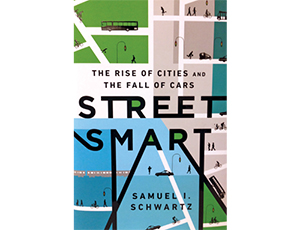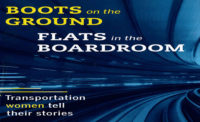Schwartz coined the phrase "gridlock" in 1980, noting that the engineer who helped him declined any credit. "He was on to something,"Schwartz writes. "I'm pretty sure that the first line in my obituary is going to mention it."
Schwartz uses the dramatic back story-a massive transportation workers' strike in New York City-as context for a factual explanation of how city grids work and how effective planning can maximize connectivity throughout those grids.
While Schwartz speaks highly of developments that discourage driving-e.g., pedestrian plazas, bike lanes and well-planned mass transit-he begins with the caveat that "the private automobile isn't going to disappear from the landscape of the industrialized world ... it wouldn't be practical even if it were desirable."
Still, the man called Gridlock Sam will not please many who advocate for a radical overhaul of infrastructure investment. Citing the shutting of the Manhattan and Williamsburg bridges in the mid-1980s due to structural concerns, he provides an example of an approach that would have had unintended consequences. Of his decision not to build a new Williamsburg bridge with wider lanes and higher clearances, he reasons, "We didn't want to move the maximum number of cars into Manhattan. ... This was another seemingly sensible infrastructure investment that wasn't sensible at all."
Touching on everything from the rise of the automobile and the decline and resurrection of streetcars to traffic calming, ride-sharing and the advent of driverless cars, Schwartz combines an engineer's precise logic with broader societal and cultural considerations-and plenty of wry Brooklyn humor-to provide an engaging examination of once and future urban transportation trends.




Post a comment to this article
Report Abusive Comment